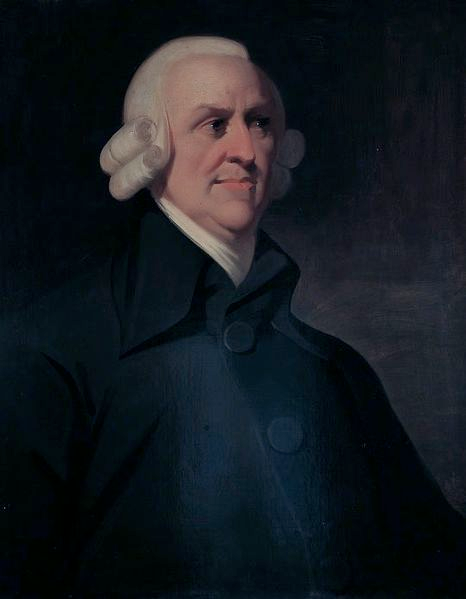
Macroeconomic theory was not always ignorant of the need to have energy and natural resources, and most notably photosynthetic capacity as a core input to create economic output. The currently predominant concept based on labor and capital was only introduced during the 20th century. The Cobb-Douglas production function for example was established by American economist Paul Douglas and Mathematician Charles Cobb, who revolutionized the view on economic systems by introducing a concept that made inroads into every aspect of economic planning and reporting, and has driven almost all perceptions of the future of human economic systems. Their formula is at the core of our ubiquitous belief that human labor, capital, and the productivity of the two factors, is all that is needed to create ever-growing economies.
From our previous analysis we both understand the limits of this view, as soon as the underlying independent variables of energy and resource availability and their productivity are beginning to imply boundaries on labor and capital, but equally we understand how it was possible to come up with such a concept based on our human appreciation for recent experience, which we tend to turn in to generalized concepts: as long as high-quality energy was available without limits at a low cost, it was indeed the number of workers and the available capital that determined how far an economic system could grow. And as long as we could replace human labor with low-cost mechanical energy, productivity of labor and capital was also ever-increasing. Now, that limits in energy and resource availability and productivity are becoming more apparent, that has changed. Productivity gains are slowing down, we see increasing un- or underemployment, and capital is no longer driving investment, and often is sitting on the sidelines.
The most interesting part is that we do not need to reinvent economic theory altogether, just extending our trip into the past by a few more decades further back than Cobb-Douglas (who published their theoriy in 1928[1] The period of "classical economics", which began emerging in the late 18th century, with key figures like market theorists Adam Smith and David Ricardo, all built their output theroies around the productivity of land and the availability of natural resources, while seeing labor and capital stock as enablers. For them, who had formed their views on a world driven by the productivity of land, it was unconceivable that nature's inputs wouldn't be core drivers of economic outoput. Among those economic theorists was also Robert Malthus, who voiced concerns that soon, agricultural output would no longer support an ever-growing population. His theory was vindicated in smaller instances like the Great Irish Fmaine between 1848 and 1852, but the quick arrival of fossil energy lifted all the boundaries on land productivity before they became a global issue.
During the second part of the 19th century, the development of "neoclassical" economic theories took place as a response to quickly growing economic complexity, more choice, and the arrival of a larger and larger nonfarm populations, While many of the theories around demand and supply were important additions, there were a few omissions that mattered. The most relevant mishap was the removal of land resources and their productivity from overall production theories, even though it was fully understandable. At the time of the creation of these models, there were no physical limits for economic systems, the challenges were all related to their best possible use. As we know from human behavior, recent experience drives our perception of reality, which was no different among those economists. And who, in their right state of mind, would have thought in the early 1900s, that we would ever grow our economies so much that we would use about 1% of our globally available fossil energy within a single year, as we did during the past decades.
Another misconception built into economic theory was the idea of substitution, that markets would always find a replacement for inputs that became less attractive, because they would become scarcer or less attractive. While this is true for many final products - you can buy chicken instead of beef, or even give up meat altogether - this doesn't apply to some key ingredients of economic output. Let's begin with food. Without the right mix of nitrogen, phosphorus, water and sunlight, no plant will grow, no matter what other inputs we provide. Equally, without cement, timber, steel, aluminum, copper and silicone, none of our industrial ventures would be meaningfully feasible, there simply are no economically reasonable replacement candidates in sight, and finding replacements will be extremely unlikely given the relative abundance of these substances.
Ultimately, we have to see the removal of limits in economic theory as an (understandable) aberration that was driven by a limitless moment. Now that we approach the hard limits of a finite planet again, we have to return to the prior theories.

